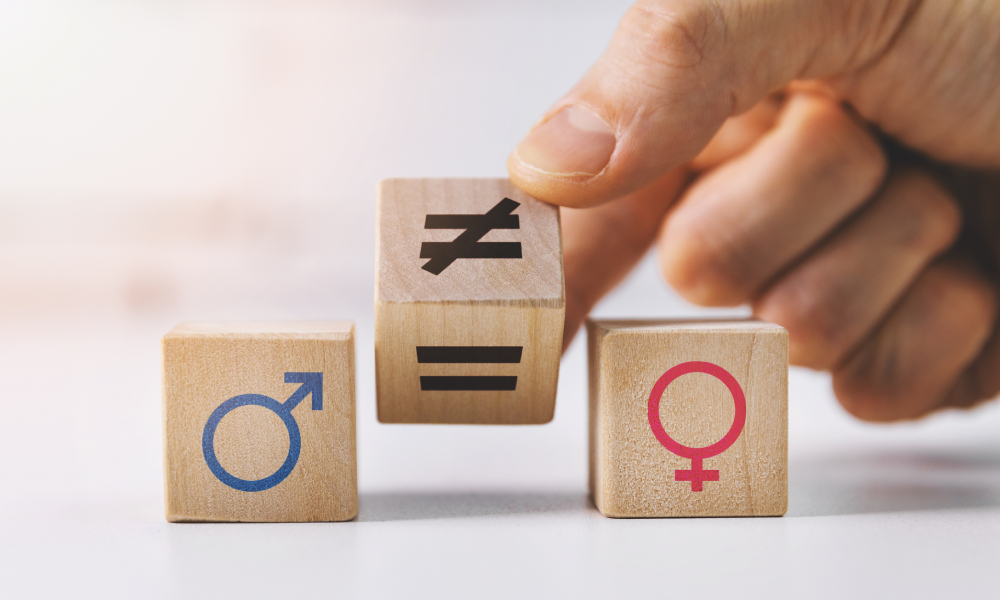
To address gender-balance issues, the firm established an initiative called Leadership Alliance for Women

Promoting more women to leadership roles has been found to increase innovation and boost profits.
A report from Deloitte estimated that if New Zealand companies achieved gender parity, the resulting participation benefits would lead to the economy being around $881 million larger.
Despite this, New Zealand is one of the lowest-ranked countries worldwide for women in senior leadership.
And in the legal sector, the statistics are similarly troubling. Despite women making up 61% of lawyers working in law firms, only 31% of the partners in those firms are female.
One company determined to change this is global law firm DLA Piper, which has 130 staff in New Zealand.
To address gender-balance issues, the firm established an initiative called Leadership Alliance for Women (LAW) in 2013.
LAW has three clear areas of focus:
Client connectivity – involves supporting women in the in-house legal client community, connecting with women leaders in business, and supporting and partnering with clients on gender-based activity.
Read more: Four leadership blindspots (and how to avoid them)
Creating clarity for empowerment - which involves empowering women within DLA Piper to achieve their potential by focusing on gender balance in new hires and internal appointments and providing a clear pathway for women to succeed in senior positions.
Changing perceptions - has the aim of challenging bias and stereotypes and encouraging inclusive behaviour and language.
Tracey Cross, NZ Chair of Leadership Alliance for Women and Partner, DLA Piper, said the firm are especially proud of the remarkable support shown for LAW from the firm’s leadership team.
“This is reflected in the higher numbers of women that we now have across our leadership positions, a higher engagement level, and our aspiring younger generation that can see and be supported by the progress that has been made,” she said.
“The LAW members include partners, lawyers and business support people; this variety help us consider the diverse voices we have in our firm. LAW was established to generate awareness and inform action with the goal of becoming a more gender-balanced workplace.”
Specifically, actions have included annual gender pay gap audits, supporting flexible working, reviewing areas of practice with a gender equality lens and implementing unconscious bias training.
The firm has also focused on adopting equitable instruction practices, back to work mentoring following maternity leave and actively working to increase gender equality.
So, what’s Cross' advice for HR professionals to build a great gender diversity program in leadership?
“In our opinion, defining a strategy for a more inclusive and gender-balanced workplace is not HR’s sole responsibility,” said Bermudez.
Read more: How to improve your HR leadership in 2019
For Cross, HR professionals should be mindful of diversity and inclusion strategies in key people processes like recruitment, promotions, salary reviews, learning opportunities, etc., as such processes inevitably have an impact on engagement levels, retention and gender-balance.
“But we don’t think that is enough. It is crucial to work as one team with a leadership team that not only understands what diversity and inclusion means and its business implications, but that is also committed to lead from the top and consistently act as champions of change.”
She said most people are likely to follow and replicate their leaders’ behaviour, and this includes how people talk to each other, how decisions are made and even how clients are treated.
“As HR professionals, we are one piece in the D&I puzzle. We need to ensure that other key pieces of our organisation are involved in the conversation.”
The firm’s approach has been so successful that it was a 2020 Empowerment Finalist at the Diversity Awards this year.